Introduction of RCC ( Reinforced Cement Concrete)
Important Point
- Concrete is a versatile material which is widely used for the construction of structures. RCC full form is Reinforced cement concrete.
- RCC meaning in civil engineering is a composite material which consists of steel and concrete ( which is a mixture of cement sand and aggregate) and known as reinforced cement concrete.
- In this article, you will get to know all about RCC Construction and Advantages and Disadvantages of Reinforced cement concrete.
Also, Read: What Are Columns | Different Types of RCC Columns | Round Column Vs Square Column | Pillar Vs Column
What Is RCC?
RCC full form is Reinforced cement concrete. It is a composite material which is the combination of ordinary concrete with reinforcement to increase the compressive strength and tensile strength of the concrete.
RCC concrete is widely used in the construction of structures from foundations to the roof, construction of highways and irrigation canals, etc.
Concrete is very good in compression but it is weak in tension that’s why the reinforcement is provided in the concrete wherever tensile stress is more.
Reinforcement resists the tensile stress of the concrete and increases the tensile strength. The Steel is provided in the concrete because of its high tensile strength and good bonding with concrete.
The Steel should have good tensile strength and a high modulus of elasticity. It should have the same temperature of the coefficient of expansion and contraction so that there should not be thermal stresses should be developed in concrete.
Also, Read: Rate Analysis of RCC (Reinforcement Cement Concrete)
Materials Which Are Used in the RCC (Reinforced Cement Concrete):
- Cement
- Aggregates
- Admixtures
- Steel
- Water
1. Cement:
Cement is a Binder which is a powder mixture of different compounds that sets and harden and bind other materials with each other.
The Portland cement is one of the most common types of cement which is generally used all over the world for construction.
2. Aggregates:
There are two types of aggregates are used in the reinforced cement concrete. The fine aggregates and coarse aggregate.
3. Admixtures:
The different pictures are added to the RCC to improve its physical properties. Admixtures are added in the concrete to alter its properties such as workability and setting time.
4. Steel:
The steel is generally provided in the form of round bars with different diameters. The commonly used Steel in the construction is mild steel.
5. Water:
Water is one of the most important elements in the construction and preparation of RCC concrete. The quality of the water which is used in the manufacturing of concrete directly affects its strength and the quality of the work.
Also, Read: Procedure for Rcc Concrete
Advantages of Reinforced Cement Concrete:
There are various advantages of reinforcement concrete are as follows
- RCC has high compressive strength.
- It has long period of life and required low maintenance cost.
- Reinforced cement concrete has better resistance to fire as compared to Steel.
- RCC Structures are more durable as compared to other types of Structures.
- RCC sections can be cast into different shapes and sizes.
- RCC is a cheaper construction Material as compared to steel and Prestressed concrete.
- The Construction of reinforced cement concrete required less-skilled labour as compared to Construction of steel structures.
Disadvantages of Reinforced Cement Concrete:
There are also some limitations of Reinforced cement concrete which are as follows
- The Reinforced cement concrete required proper mixing, casting of the concrete.
- The cost required for formwork is high.
- Reinforced cement concrete structures are heavier than structures which are made from steel and wood.
- The structures which are made from rain for cement concrete take some time to attain its full strength.
- The tensile strength of the reinforced cement concrete is about one-tenth of its compressive strength.
Properties of RCC (Reinforced Cement Concrete):
Here are the different properties of reinforced cement concrete are as follows
- Reinforced cement concrete should not show excessive deflection.
- Reinforced cement concrete is capable of resisting tensile as well as compressive bending and shear forces.
- The reinforced cement concrete is more durable as compared to other types of construction material.
- Reinforced cement concrete structures are designed to take high compressive loads.
- Reinforced cement concrete is a good fire-resistant material.
- It provides complete insulation against heat and sound.
- Reinforced cement concrete can be moulded into any desired shape as per your requirement.
RCC Building:
- It is the building which is constructed with the reinforced cement concrete. The RCC building is a structural building which is constructed with the reinforced cement concrete.
- The main reason for reinforcing concrete with Steel is to enhance its strength. The steel and concrete have nearly the same values of coefficient of thermal expansion which allows the steel and concrete in the structural members to act as a whole.
Also Read: Properties of Ferrocement
What Does RCC Stands for?
- RCC stands for Reinforced Cement Concrete. The full form of RCC is reinforced cement concrete which contains steel bars.
- RCC has widely used in the construction of various structures and buildings components such as footing beams columns and slabs etc.
RCC Full Form
The full form of RCC is Reinforced Cement Concrete. Cement concrete is strong in compressive strength but weak in tensile strength. To increase the tensile strength, mild steel bars are used in cement concrete thereby reinforcing it.
RCC Concrete
Reinforced concrete (RC), also called reinforced cement concrete (RCC), is a composite material in which concrete‘s relatively low tensile strength and ductility are compensated for by the inclusion of reinforcement having higher tensile strength or ductility.
RCC Building
Its full name is reinforced cement concrete, or RCC. RCC is concrete that contains steel bars, called reinforcement bars, or rebars. This combination works very well, as concrete is very strong in compression, easy to produce at site, and inexpensive, and steel is very very strong in tension.
Rcc Full Form in Civil Engineering
RCC stands for Reinforced Cement Concrete. In RCC, the concrete which is made up of cement, coarse gravel and water is reinforced with the help of steel or iron bars. The steel reinforcing bars are embedded in the concrete before it sets up.
What Is Rcc?
Reinforced Cement Concrete. RCC stands for Reinforced Cement Concrete. In RCC, the concrete which is made up of cement, coarse gravel and water is reinforced with the help of steel or iron bars. The steel reinforcing bars are embedded in the concrete before it sets up.
Rcc Building Full Form
If a concrete mix is placed in and around a cage of steel rods, it is called Reinforced Cement Concrete (RCC). ACC Cement is one of the most used cement in all constructions including plain and reinforced cement concrete, brick and stone masonry, floors and plastering.
Rcc Road Full Form
Reinforced concrete (RC), also called reinforced cement concrete (RCC) and ferroconcrete, is a composite material in which concrete’s relatively low tensile strength and ductility are compensated for by the inclusion of reinforcement having higher tensile strength or ductility.
Rcc Long Form
RCC stands for Reinforced Cement Concrete, which has steel cores, around which the cement-concrete matrix is poured. Bricks and mortar constructions are made with using bricks fixed to a mixture of cement, sand and water through masonry.
Rcc Roof Meaning
RCC stands for reinforced cement concrete slabs. It is the most important element in the construction industry to make a building. RCC slab is a structural component. The RCC slabs are supported on the columns and beams.
What Is Rcc Construction?
Reinforced concrete has better compressive and tensile strength when compared to other building materials. RCC Buildings are more durable than other buildings. Reinforced concrete can be moulded into any shape before the hardening of the mix. RCC buildings have a long life and low maintenance costs.
Rcc Cement Full Form
The term “RCC” stands for “Reinforced Cement Concrete.” RCC is a composite material used in construction that combines cement, reinforcement (such as steel bars or mesh), water, and aggregates (such as sand and gravel). It is widely employed in the construction of structures like buildings, bridges, dams, and roads to provide strength and durability. The reinforcement, typically in the form of steel bars or mesh, is embedded within the concrete to enhance its tensile strength and resist cracking under load.
Rcc Construction
RCC construction refers to the construction method that utilizes Reinforced Cement Concrete (RCC) as the primary building material. RCC construction is widely employed in various types of structures, including residential buildings, commercial complexes, bridges, dams, and industrial facilities.
What Is Rcc Used For?
It is used for constructing various structures like water tanks, dams, bins, silos, bunkers, bridges, retaining walls, underwater structures, towers, multi-storey buildings, docks and harbours.
What Is a Rcc Slab?
On technical drawings, reinforced concrete slabs are often abbreviated to “r.c.c. slab” or simply “r.c.”. Calculations and drawings are often done by structural engineers in CAD software.
Explain What Is Rcc and Give Its Uses?
RCC stands for Reinforced Cement Concrete. It is a composite material used in construction that combines cement, reinforcement (such as steel bars or mesh), water, and aggregates. RCC provides strength and durability to structures and is commonly used in buildings, bridges, dams, foundations, tunnels, and various other construction projects.
What Is the Meaning of Rcc?
The meaning of RCC is “Reinforced Cement Concrete.”
Full Meaning of Rcc
The full meaning of RCC is “Reinforced Cement Concrete.”
Rcc Material
RCC (Reinforced Cement Concrete) is a strong and durable construction material made by mixing cement, aggregates (such as sand and gravel), water, and reinforcement bars. It is widely used in construction for its high strength and versatility.
Like this post? Share it with your friends!
Suggested Read –
- Retarder in Cement
- Workability Concrete
- What Is Dressing of Stone | Types of Dressing of Stone
- Alignment of Road | Alignment In Design | Horizontal Alignment of Road | Vertical Alignment of Road
- What Is Auxiliary Plane | Types of Auxiliary Plane | Types of Auxiliary View | How to Draw Auxiliary View | Drawing Steps for Auxiliary View
- Well Point System | Types of Well Point System | Well Point Dewatering | PVC Well Point | Well Point Installation | Well Point for Shallow Well
- What Is a Cavity Wall | How to Build a Cavity Wall | Cavity Wall Detail | Cavity Wall Thickness | Cavity Wall Insulation Pros and Cons | Brick Cavity Wall
Originally posted 2023-06-16 12:00:01.
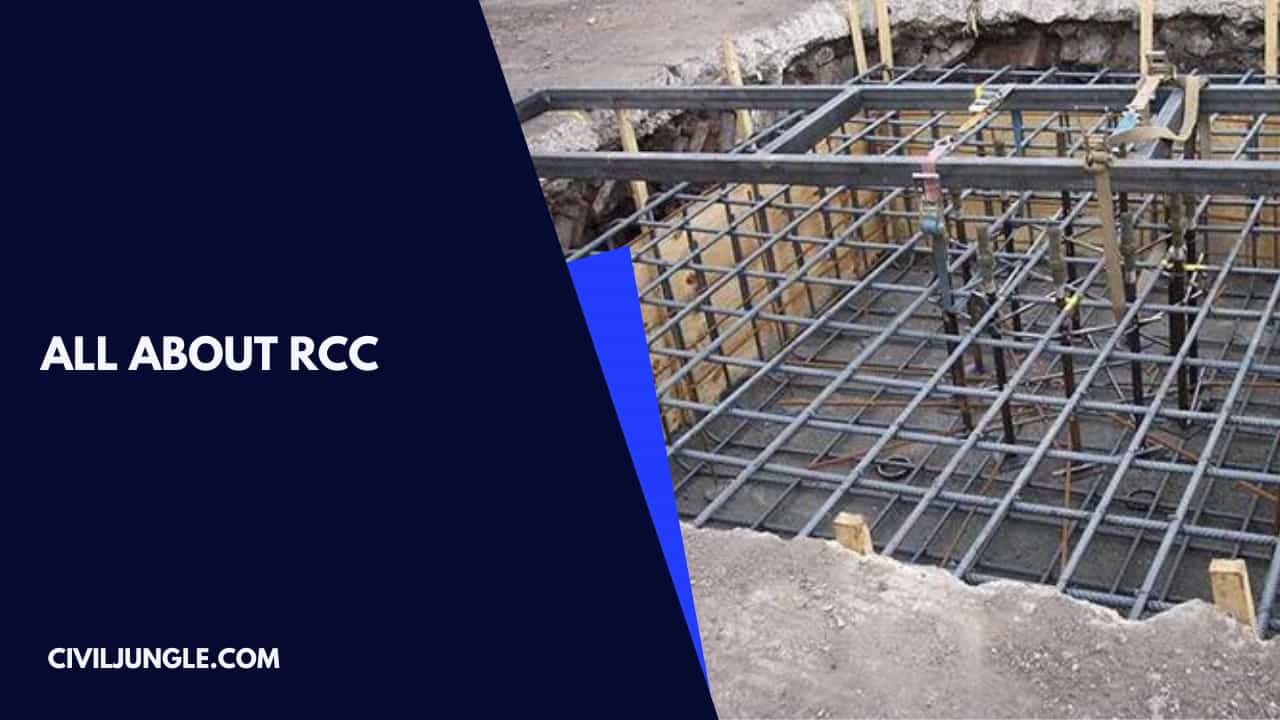
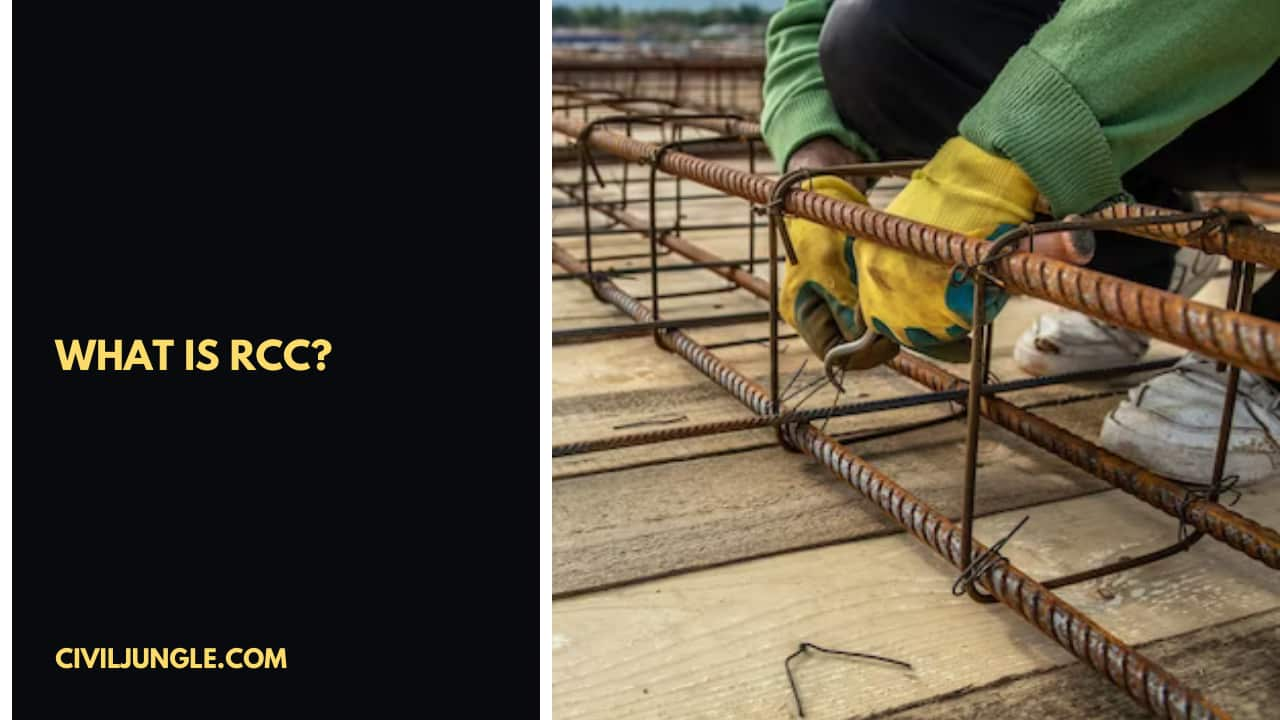
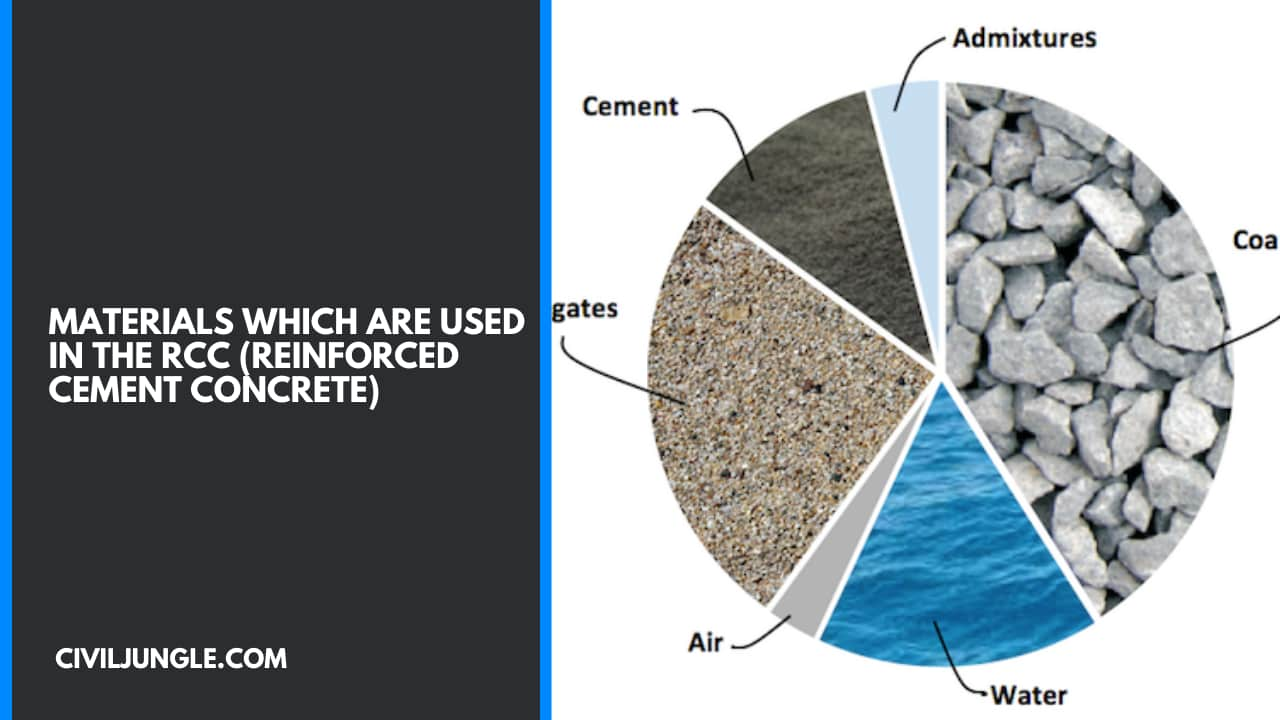

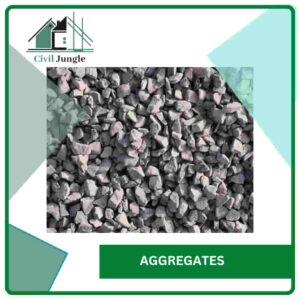
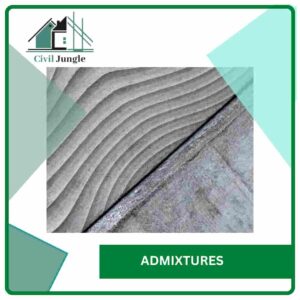
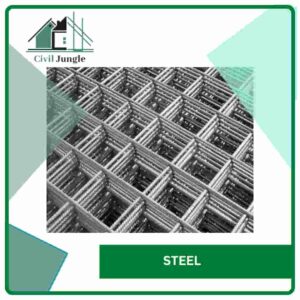

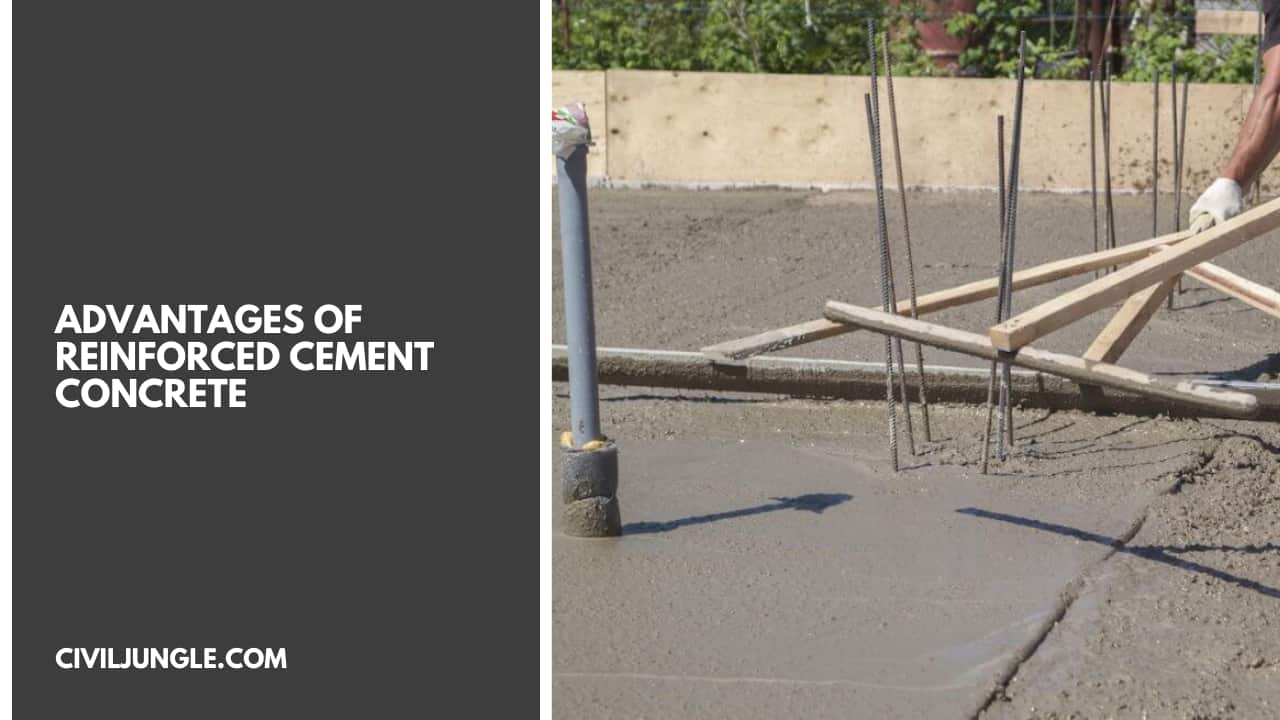
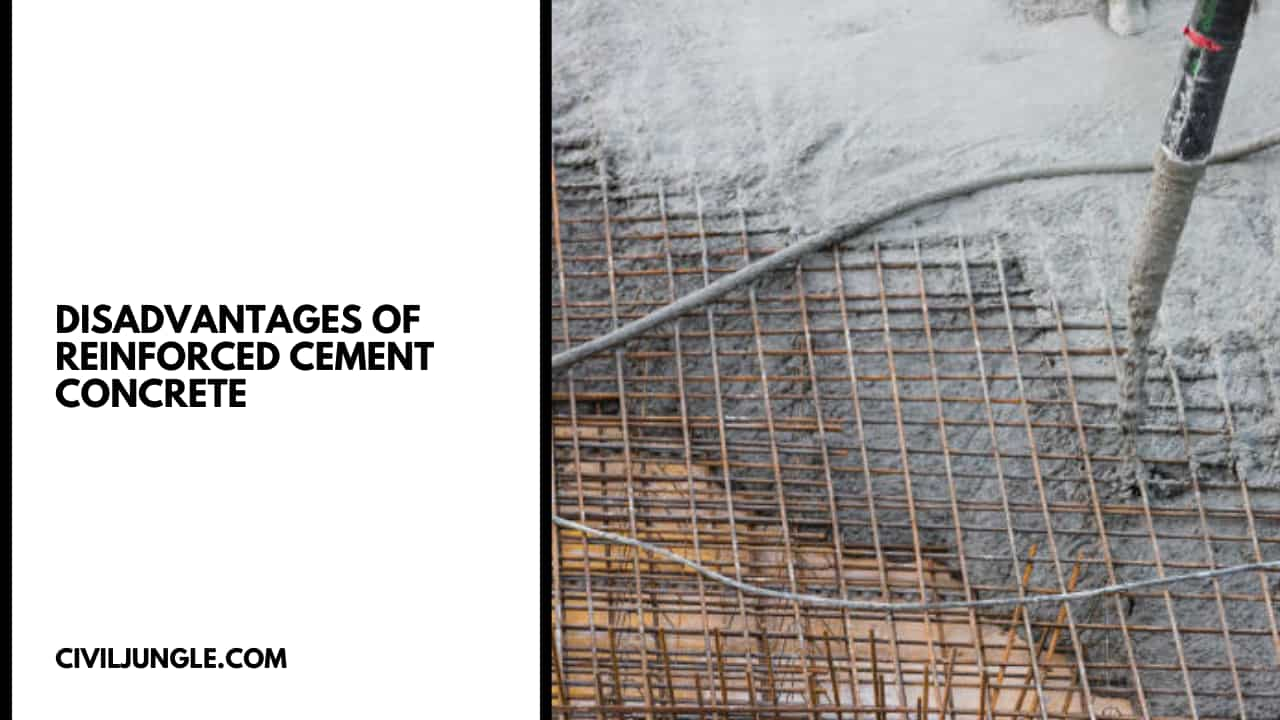
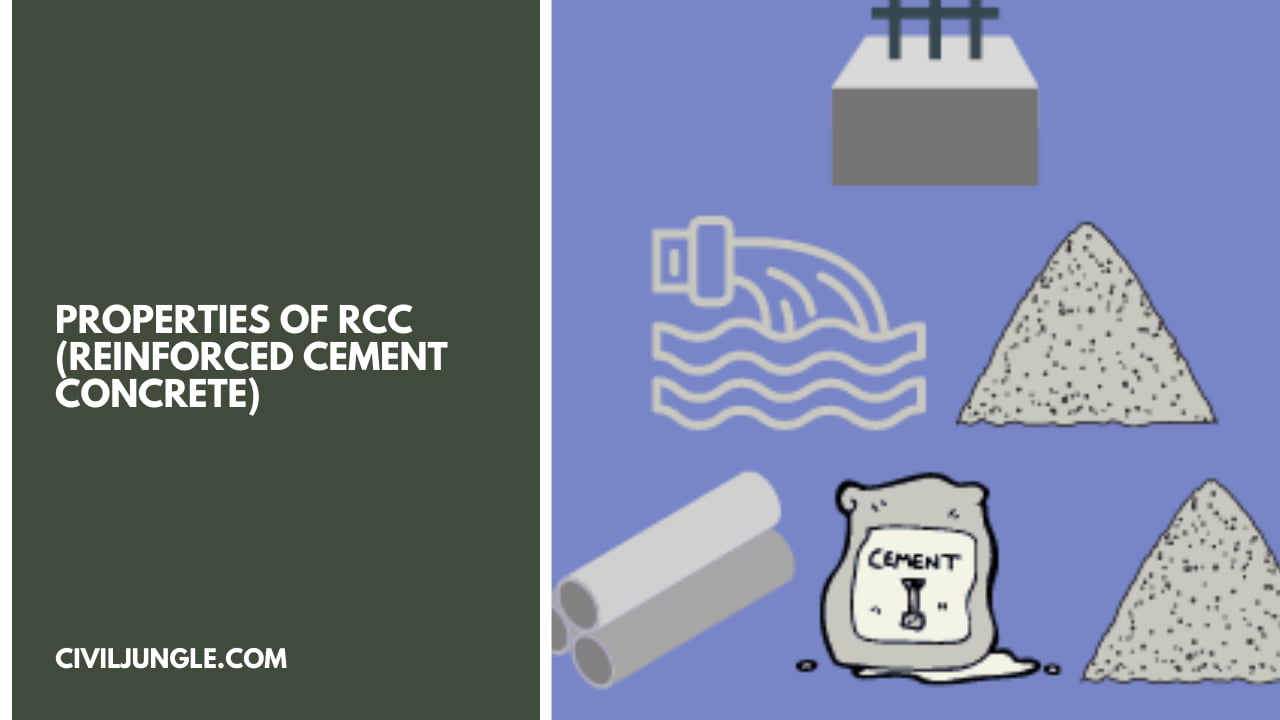
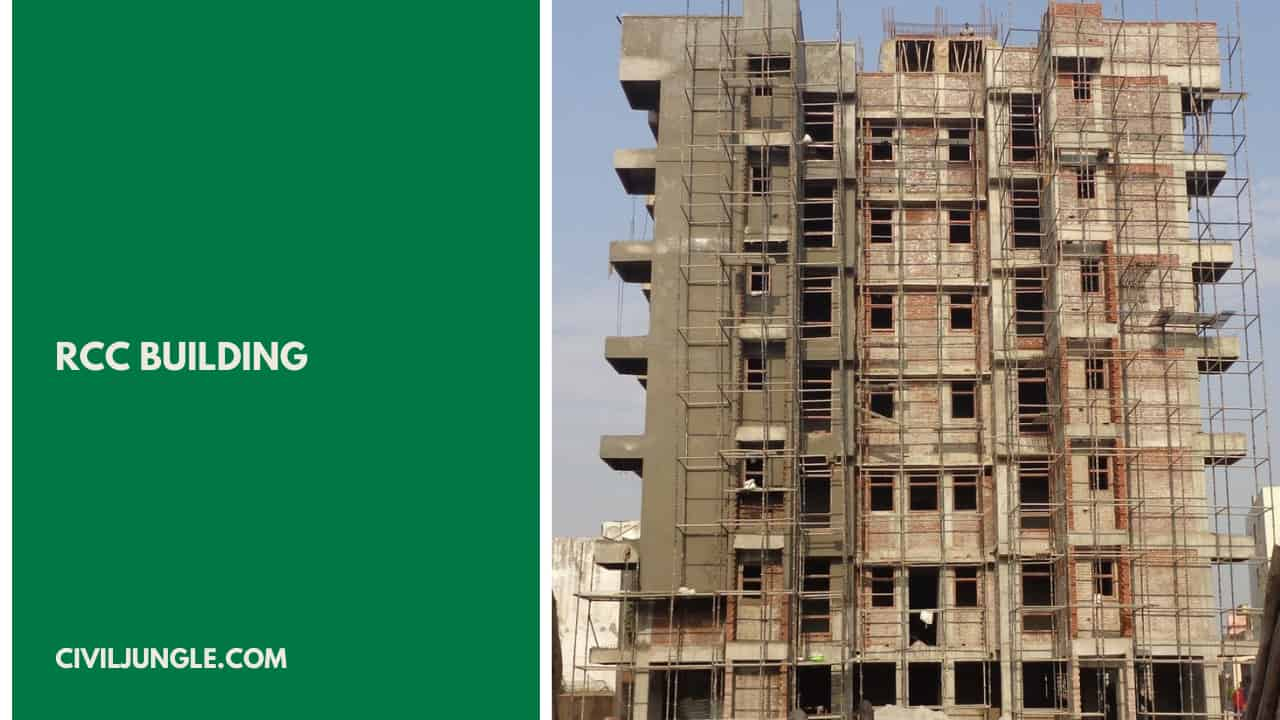
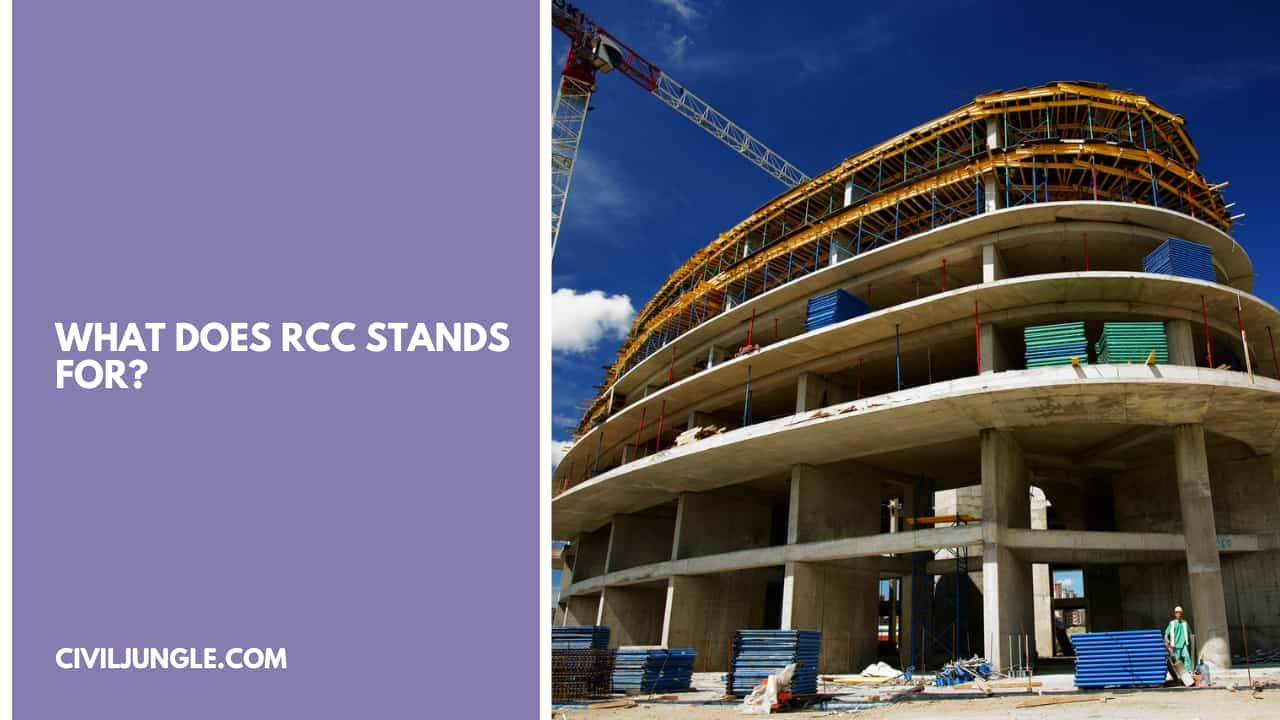

Leave a Reply